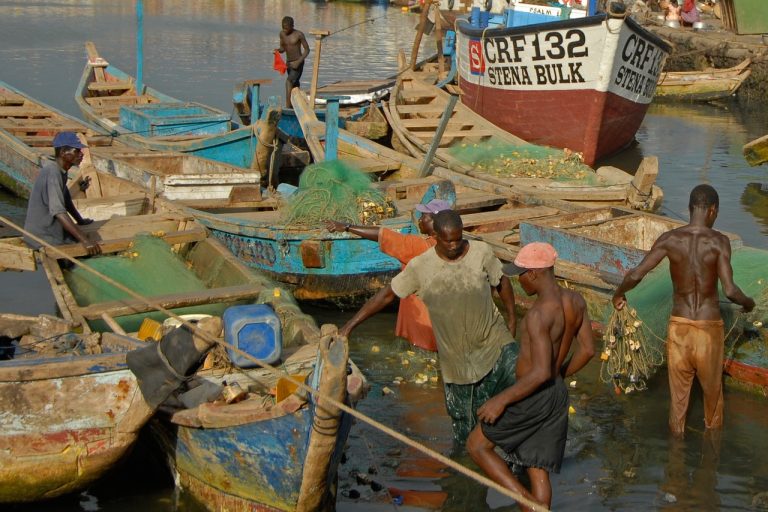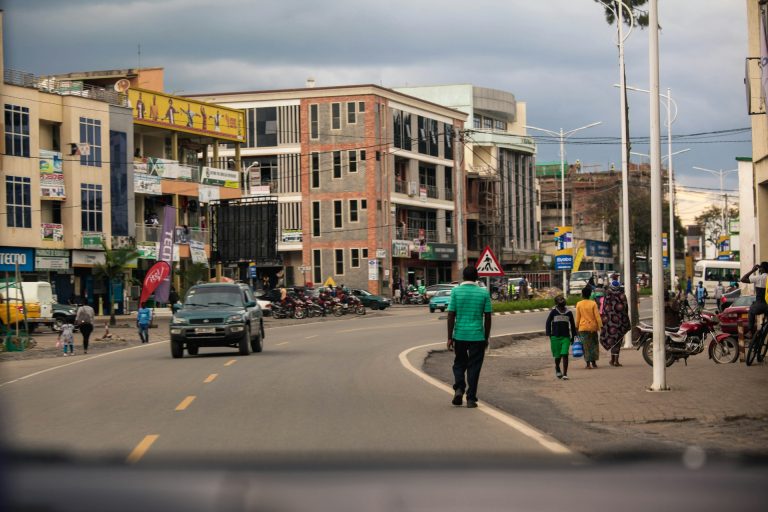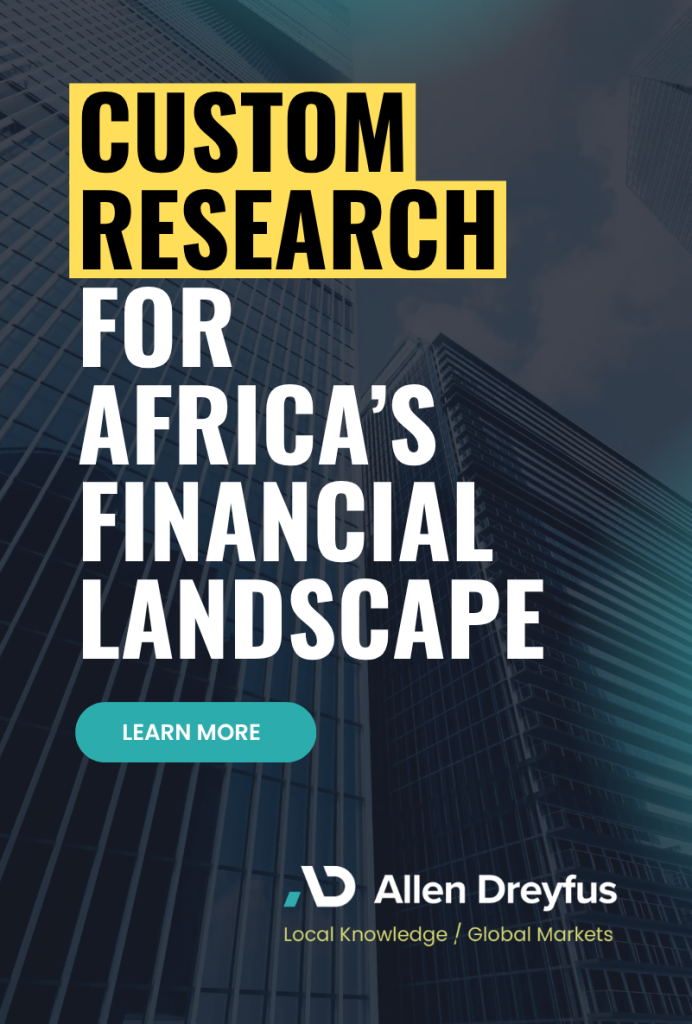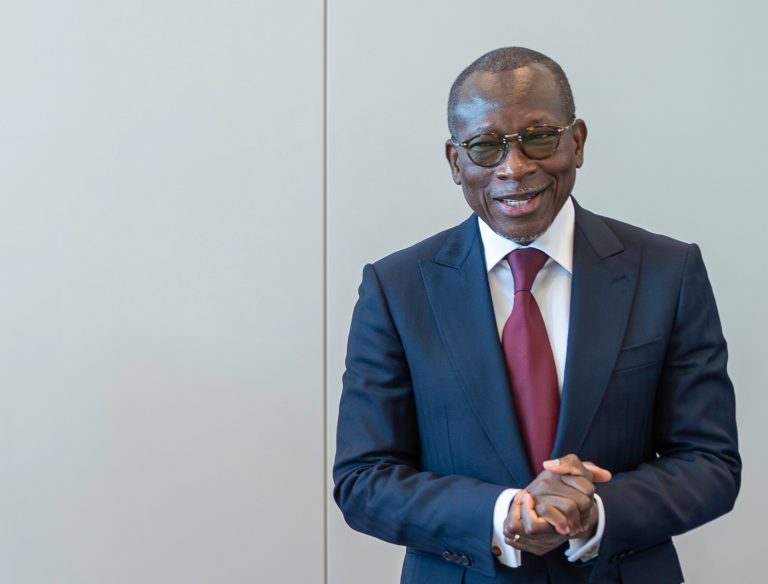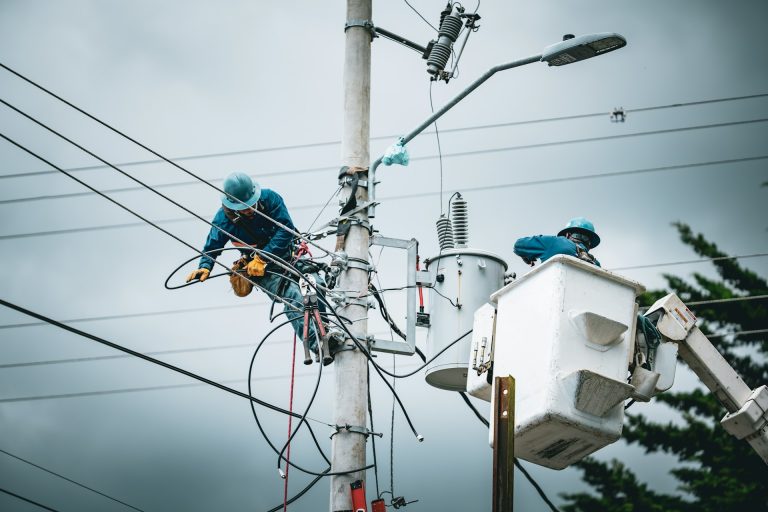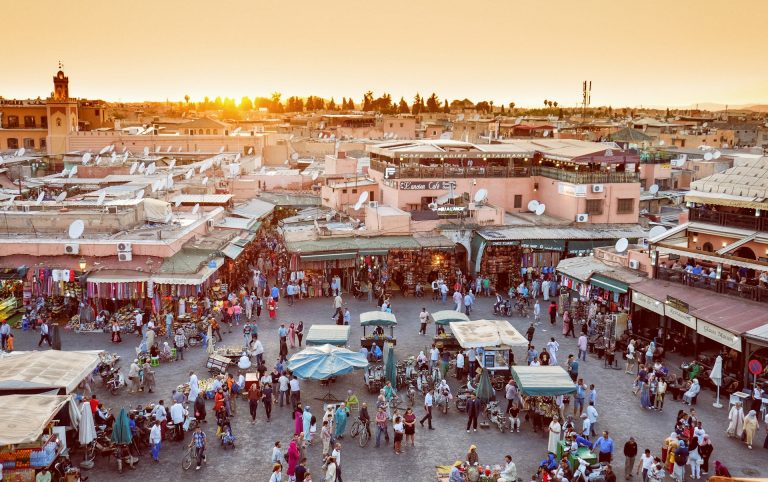As Kenya prepares its first diaspora bond, other African nations are eyeing the model as a potential lifeline—if trust, structure and transparency can be built in.
Kenya is preparing to launch its debut diaspora bond in early 2026, targeting between $200 million and $500 million over five to ten years. The offering, part of a $2.2 billion foreign borrowing plan for the current fiscal year, will be dollar-denominated and aims to tap into the growing pool of remittances—$5.08 billion as of June 2025—to fund Kenya’s share of co-financed infrastructure projects and ease fiscal pressure.
“As we progress, we can do a billion-dollar diaspora bond to fund a mega specific project. But that will come later on once it gets traction. For now, the bond size can’t exceed $500 million,” says Livingstone Bumbe, deputy director at the Public Debt Management Office.
The government is positioning the bond as a chance for Kenyans abroad to invest directly in national development. It may come with tax incentives similar to those offered under Kenya’s infrastructure bond programme and will target diaspora communities in the US, UK, and Middle East. The long-term aim is to build a stable pipeline of diaspora capital to reduce dependence on costly commercial borrowing.
Beyond remittances: turning loyalty into liquidity
Kenya is not alone. Nigeria raised $330 million through a diaspora bond in 2017 and is reportedly planning a second issuance. Cabo Verde is drafting regulatory frameworks after seeing strong diaspora participation—between 25 and 35 percent—in its recent green and blue bond subscriptions. Ghana, South Africa, and Senegal are all exploring similar routes as they look to diversify their funding sources amid rising debt costs and underwhelming donor flows.
In theory, diaspora bonds allow African governments to borrow more affordably than through Eurobond markets, offering lower yields in exchange for national pride and a sense of purpose. The growing volume of personal remittances to Africa—estimated at $90 billion annually—represents an untapped reservoir of potential investment. But remittances typically support households, not public projects. The challenge is converting emotional connection into financial commitment.
Research suggests diaspora investors are more likely to participate when bonds are clearly linked to meaningful, visible projects such as infrastructure, education or health. Climate-related instruments are also gaining traction, particularly as adaptation finance continues to fall short of international pledges made at COP26.
A 2021 survey of 927 African migrants living in Europe found a strong preference for diaspora bonds that supported crisis recovery or climate resilience, with most respondents favouring maturities of one to three years and annual coupon payments. Bonds issued by central governments were preferred over state-owned enterprises or private issuers, and local banks in settlement countries were identified as ideal sales outlets.
Building credibility, avoiding missteps
While the potential is evident, the risks are equally clear. Ethiopia’s 2008 and 2011 diaspora bond attempts, launched to fund the Grand Ethiopian Renaissance Dam, struggled to gain traction due to poor communication, legal ambiguities, and widespread mistrust of the issuing authority. In some cases, investors doubted whether their money would be used as promised—or returned at all.
Those failures underscore the importance of proper structuring, registration with international regulators such as the US SEC, and transparent reporting. Nigeria’s 2017 bond was registered with the SEC and marketed through reputable banks and brokerages, which helped build credibility and reach retail investors abroad. Kenya is currently working with the World Bank’s MIGA unit to help structure its bond and manage political and commercial risk.
Experts caution that diaspora bonds should not be rushed out during periods of fiscal stress. Issuing during a crisis without proper safeguards can weaken sovereign credibility rather than strengthen it. Success depends on legal clarity, repayment discipline, and demonstrable project impact. Timing matters—as does the message.
Climate adaptation may be the most compelling space for these instruments. With traditional funding avenues underperforming, diaspora bonds earmarked for flood defences, off-grid renewables, or resilient transport systems offer a way for citizens abroad to contribute meaningfully to long-term national resilience. But these too must meet rigorous standards: project pipelines must be well-governed, proceeds traceable, and outcomes measurable.
From experiment to long-term architecture
If Kenya’s 2026 issuance performs well, it could pave the way for larger, more strategic programmes. Treasury officials have already indicated that a $1 billion bond could follow once the market matures. But broader uptake across Africa will require more than isolated pilot projects. Harmonised regulation, technical assistance, and platforms to share best practices will be key to scaling up.
There’s also a need to reframe how diaspora capital is understood. Instead of seeing remittances as private transfers and bonds as purely commercial instruments, governments could begin to treat their diaspora as an organised investor base—capable of supporting national priorities when the right frameworks are in place.
At its best, the diaspora bond model offers a bridge between emotional investment and financial participation. It gives Africans abroad the ability to back their countries with more than gifts—and gives governments a path to tap loyal, patient capital on better terms than global bond markets are currently offering.
But the burden of delivery rests with issuers. The diaspora may be loyal, but it is not naïve. Future uptake will depend on what happens after the bond is sold: how the funds are used, how interest is paid, and how trust is maintained.
Kenya’s bond will be closely watched not just for what it raises—but for what it builds.


